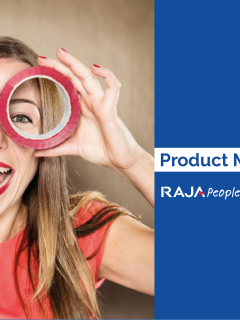Cardboard die-cutting is an essential production technique in the field of packaging, particularly appreciated for its ability to create customised and functional die-cut boxes . This method makes use of a tool called a die cutter, which acts as a precision die, allowing for clean cuts and accurate folds on sheet materials such as cardboard.
Die-cut boxes are supplied flat for easy storage and transport and are available in a wide variety of sizes, patterns and types. A particularly popular variant for its convenience is the instant assembly die-cut box, the bottom of which can be quickly assembled without the need for adhesive tape, in a single move.
The die-cut boxes for shipping are specifically designed for maximum protection during transport, adapting perfectly to the size and shape of the contained product. Die-cutting the carton allows for customised packaging that reduces the risk of damage, making it a wise choice for companies wishing to convey care and attention to their products and customers.
Die-cut boxes are synonymous with functional, high-quality packaging. In addition to their perfect shape and robust structure, they are perfect for customisation. This means that companies can easily print their own brand or custom graphics directly on the box, enhancing the customer’sunboxing experience and reinforcing brand identity. Ultimately, die-cutting is a process that combines precision, production efficiency and creative potential, all to create packaging that not only protects the contents but also communicates a brand’s value and image.
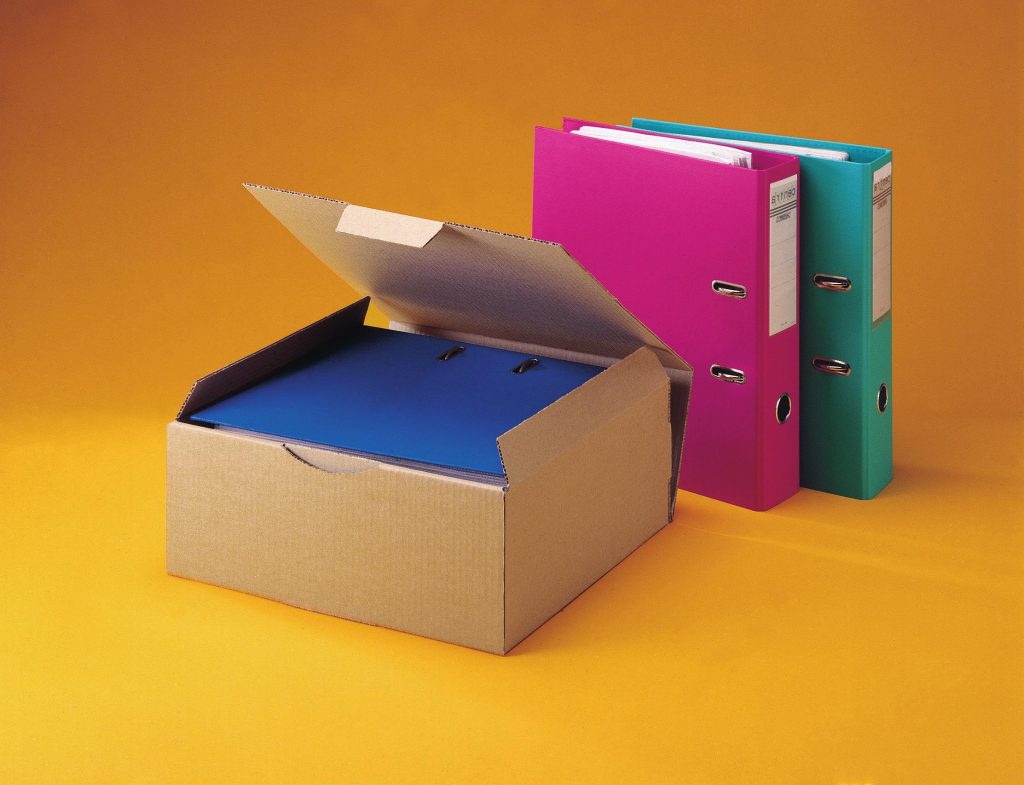
The die-cutting process: precision and customisation
Die-cutting is a manufacturing process that allows boxes and packaging of various shapes and sizes to be created with surgical precision. At the heart of this process is the diecutter, a cutting and folding tool that transforms a simple sheet of material, such as cardboard, into a finished product with precise characteristics. The most commonly used dies in the packaging industry are flat dies, consisting of sharpened steel strips, which are shaped to follow the contours indicated by a technical drawing. When the material to be cut is placed under the die, the tool descends and impresses the desired shape into the carton, making clean, precise cuts.
This die-cutting process not only guarantees faithful reproduction of shapes, but also ensures that each piece is identical to the next, providing essential standardisation for mass production.
Die-cutting is not limited to cutting, it also includes folding. In order to make the folds, the diecutter can be equipped with non-cutting profiles, called ‘cords’ or ‘creasers’, which press down on the cardboard without cutting it, weakening it along a predetermined line. This makes subsequent folding much easier and more precise, as in the case of the edges of a box.
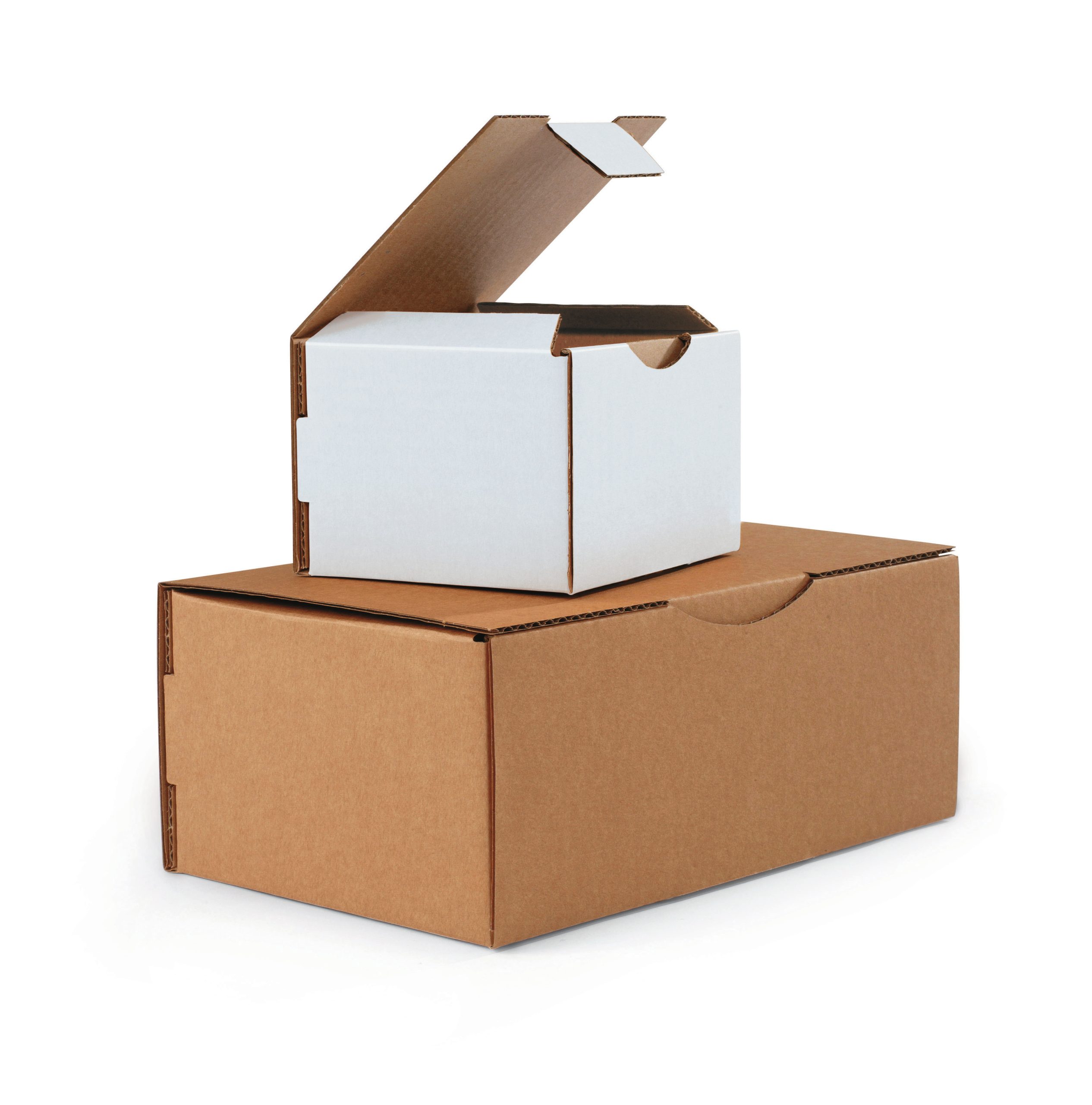
What are the Half Cut and Rotary Die Cutter?
There is also another type of blade, known as a ‘half-cut’, which only partially cuts the material. This makes it possible to create controlled tear points that facilitate the opening of the packaging, a feature much appreciated in products that require a certain ease of access.
In addition to the flat die, there is the rotary die, which differs in the type of support; in fact, the cutting profile is mounted on a wooden cylinder instead of a flat surface. This variation allows for faster production, making the rotary die-cut ideal for large production volumes. The choice between flat and rotary die-cutting therefore depends on the desired production volume and the complexity of the design.
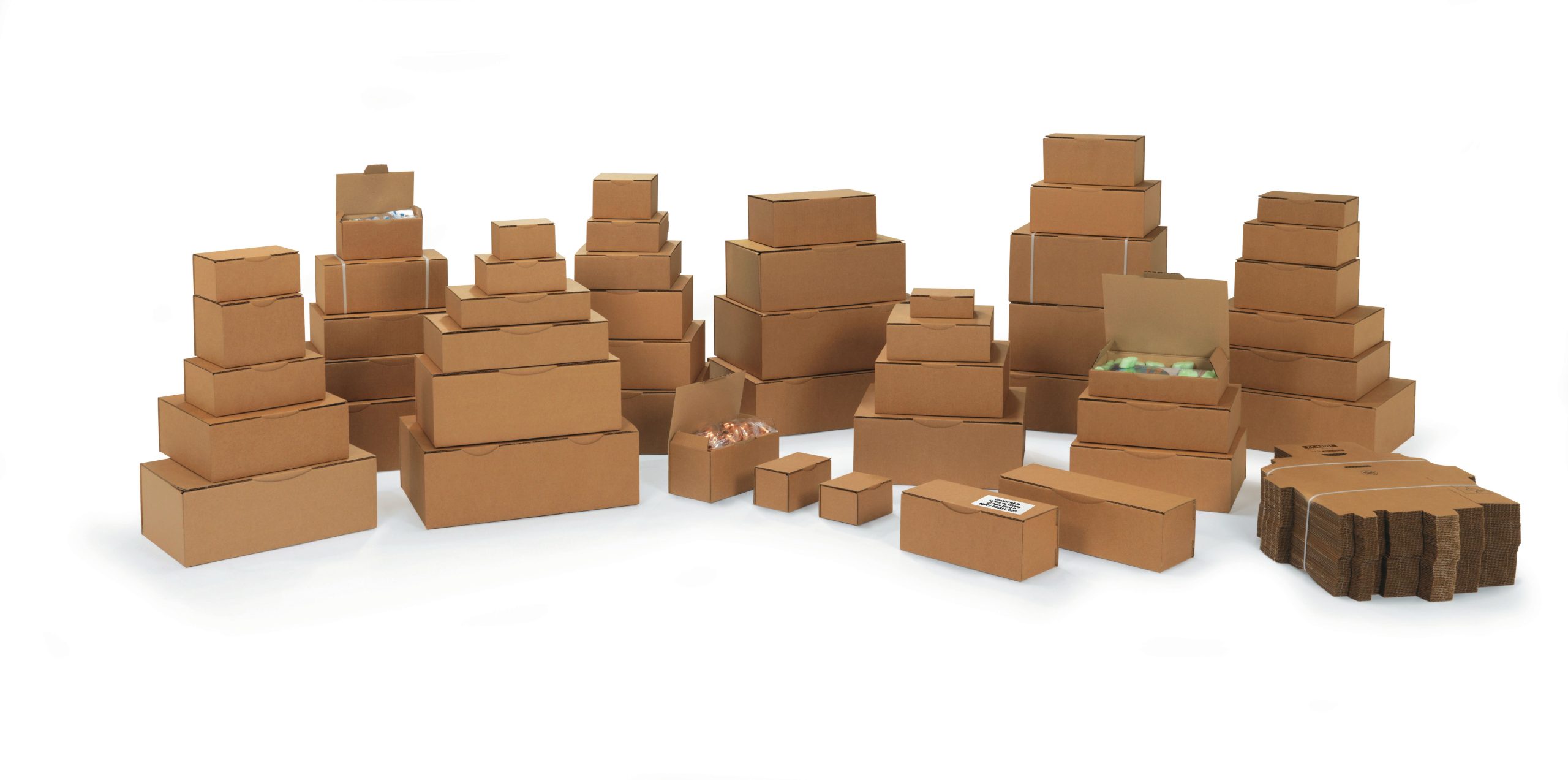
American boxes: functional simplicity
The American boxes on the other hand, are not die-cut and are recognisable because they require closing with adhesive tape on both sides. They are extremely versatile and suitable for a wide range of uses, from shipping to storage. Despite their simplicity, they offerexcellent protection to the products inside them, especially the three-wave carton boxes. They are available in various sizes and types to meet the specific needs of your business.
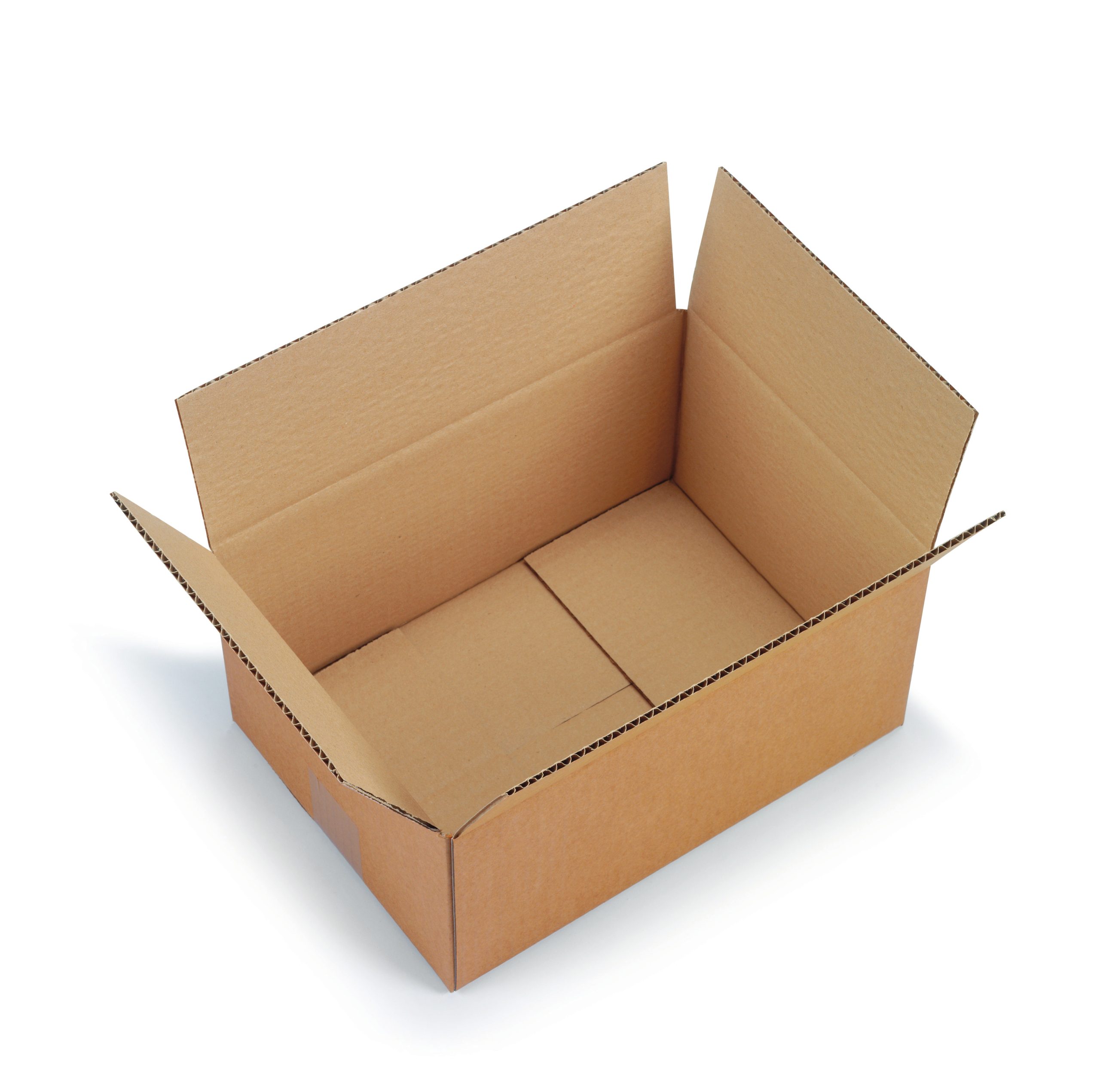
Main differences between die-cut and American boxes
The American box and the die-cut box are two very common types of cardboard packaging, each with specific characteristics and uses. The main difference between the two lies in their structure and production process.
The American box is the most common type of box and is recognisable by its closure with four flaps at the top and bottom. This box is produced from a single sheet of corrugated cardboard, which is then folded and glued to form the box. It is an economical and versatile option, suitable for transporting and storing a wide range of products. Its standardised design and high-volume production make it a cost-effective solution, especially for standard packaging needs without special requirements.
In contrast, die-cut boxes are produced using a die cutter, which is a customised cutting and folding die. Die-cutting makes it possible to create boxes of different shapes and sizes, even very complex ones, with precise cuts and folds that are not possible with standard American boxes. This type of box is ideal for products that require customised packaging. Die-cut boxes can be designed for automatic assembly without the use of adhesive tape. They are particularly suitable for enhancing the product inside.
In summary, the main differences are:
- Production Method:
- American boxes are produced from a single sheet of corrugated cardboard, folded and glued.
- Die-cut boxes are created with a die that cuts and folds the cardboard into customised shapes
- Design:
- The American box has a standard design with top and bottom flap closure
- The die-cut box offers advanced customisation possibilities, including shape
- Cost:
- American boxes are cheaper and ideal for large volumes
- Die-cut boxes can be more expensive due to the production process. You must also consider the die-cut cost for initial production, if not already present.
- Assembly and Use
- American boxes require tape to be assembled
- Die-cut boxes may include self-assembling designs that do not require adhesives
Some types of die-cut boxes
At rajapack.co.uk, you will find a wide selection of die-cut boxes that demonstrate the versatility andelegance of these packaging solutions. Whether you need a box for beauty products, electronics or fragile items, there is always a die-cut solution that can meet your needs. Each box is carefully designed to ensure not only safety and security, but also a WOW unboxing effect.
Some examples of die-cut packaging:
- Die-cut boxes for books
- Packaging for video games, CDs and DVDs
- Cardboard boxes for food
- Shipping boxes with lid
- Padded die-cut boxes
- Flat and extra-flat boxes
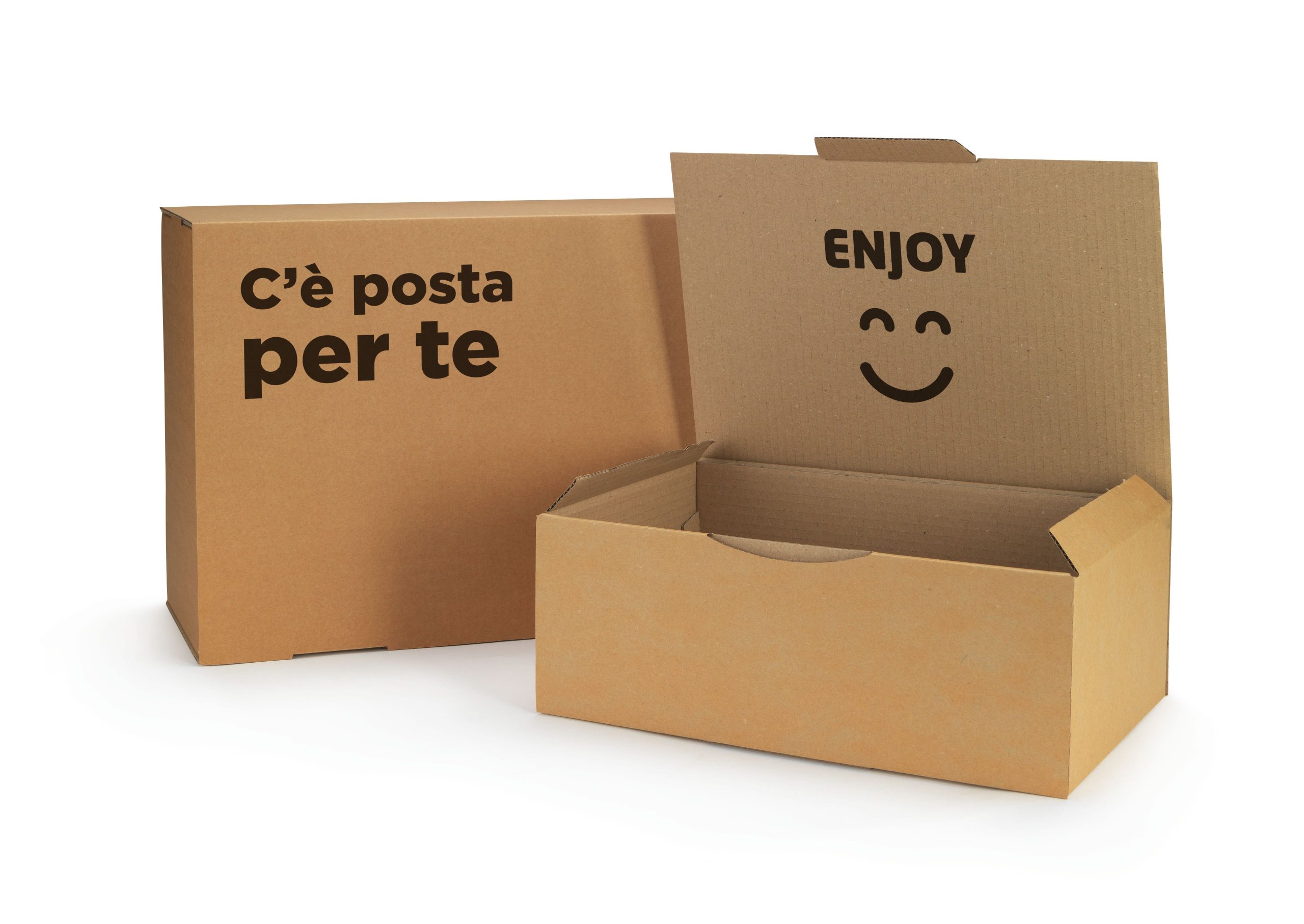
In conclusion, choosing between die-cut boxes and flat boxes depends on many factors, including your budget, the quantity required, the level of customisation desired, and the type of customer experience you want to offer. With the wide range available on rajapack.co.uk, you can be sure to find the perfect packaging solution for your business
Choosing the right box is not just a matter of convenience, but a strategic decision that can positively influence your brand image andcustomer experience.













